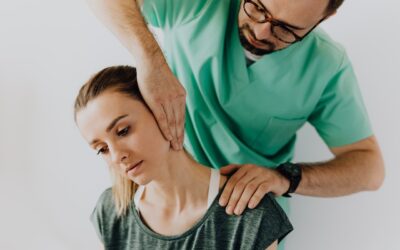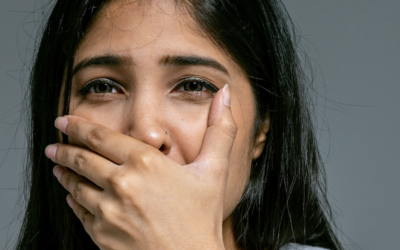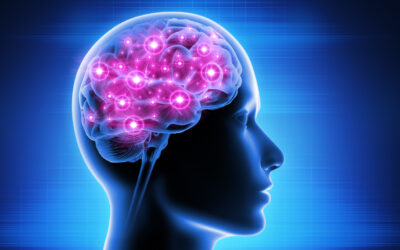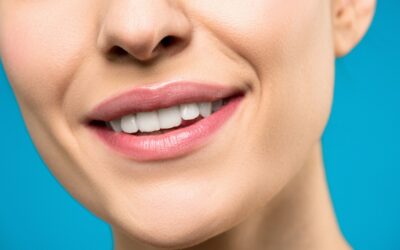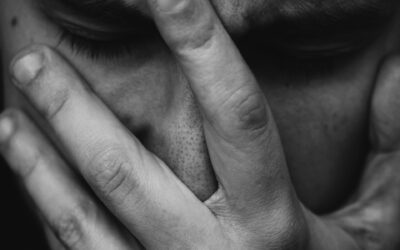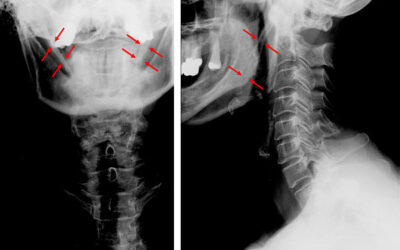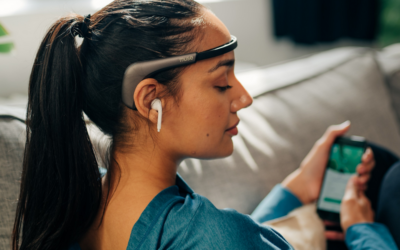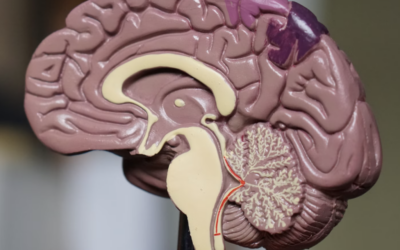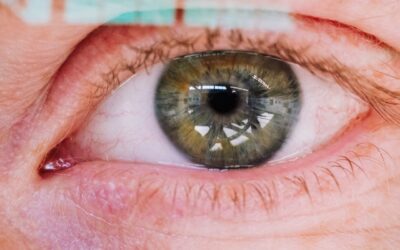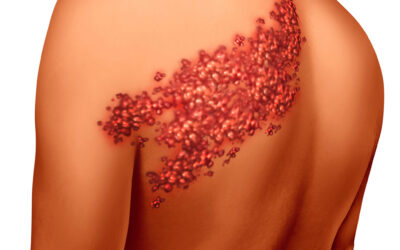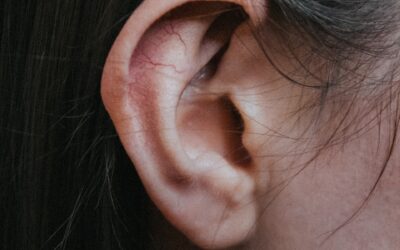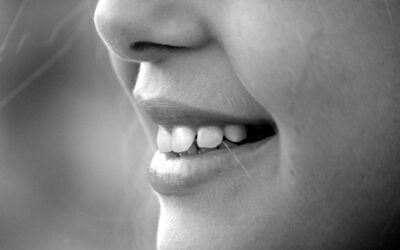In 1927, Fay described a painful condition over the common carotid bifurcation, without any structural abnormality. The condition was described as Fay’s Syndrome or Idiopathic Carotidynia. The pain is located in the anterior part of the neck, over the bifurcation of...
Mandibular Advancement Devices for the Treatment of Obstructive Sleep Apnea
Obstructive Sleep Apnea (OSA) is a prevalent sleep disorder characterized by upper airway collapse during sleep. Continuous Positive Airway Pressure (CPAP) is the gold standard treatment, but its efficacy is hindered by low compliance. Oral appliances, specifically...
Unraveling Burning Mouth Syndrome: A Review of Diagnosis and Treatments
Burning mouth syndrome [BMS] is a chronic and challenging orofacial pain syndrome characterized by a persistent burning sensation in the oral mucosa, in the absence of specific oral lesions. It predominantly affects middle-aged and elderly women, often associated with...
Circadian Rhythms: When the Pain Comes at the Same Time
Circadian rhythms are physical, mental, and behavioral changes that follow a 24-hour cycle. These natural processes respond primarily to light and dark and affect most living things, including animals, plants, and microbes. Biological clocks are organisms’ natural...
Understanding the Role of Alpha Receptors in Pain Management
α1-adrenergic alpha receptors are G-Protein Coupled Receptors that are involved in neurotransmission and regulate the sympathetic nervous system through binding and activating the neurotransmitter, norepinephrine, and the neurohormone, epinephrine. This receptor plays...
Can Oral Lichen Planus (OLP) Look Like Oral Epithelial Dysplasia?
Oral lichen planus is an immune-mediated disease with unknown etiology. Its clinical presentation waxes and wanes, and its severity goes from symptomatic oral erosions with erythema to asymptomatic white striations. The locations of these clinical signs are more...
Indomethacin Responsive Headaches
The indomethacin-responsive headache disorders consist of a group of conditions with a particularly good response to indomethacin. Two of the trigeminal autonomic cephalalgias are included, which are hemicrania continua and paroxysmal hemicrania. Other conditions are...
What is Trigeminal Neuralgia and How is It Treated?
Trigeminal Neuralgia is an uncommon disorder characterized by recurrent attacks of lancinating pain in the trigeminal nerve distribution. Typically, brief attacks are triggered by talking, chewing, teeth brushing, shaving, a light touch, or even a cool...
What is Myofascial Pain Syndrome and How is It Treated?
Myofascial Pain (MPS) is a noninflammatory disorder of musculoskeletal origin, associated with pain and muscle stiffness, characterized by the presence of hyperirritable palpable nodules in the skeletal muscle fibers, which are termed MTrPs. These trigger points are...
How Do You Treat a Hypnic Headache?
Hypnic headaches also known as alarm clock headaches are a rare type of primary headache that occurs during sleep and tend to wake the person up, seen particularly in elders. These headaches only occur when a person is asleep (Sleep Foundation, 2023). Amongst patients...
Eagle’s Syndrome: What is It and How is It Treated?
Eagle's syndrome, also known as stylohyoid syndrome, styloid syndrome, is caused by an elongated or disfigured styloid process, or a calcified stylohyoid ligament (Egierska D et al 2021). The abnormality or elongation leads to orofacial and cervical pain that are...
Can You Get a Headache From Headache Medication?
People with a primary headache disorder, such as migraine or tension-type headache, might be experiencing undesirable pain secondary to the intake of acute headache medication. This is called a medication overuse headache (MOH) or transformed headache. MOH is a...
Biofeedback Therapy for Chronic Pain
Biofeedback is a way for an individual to self-regulate their physiologic response to pain with the help of a feedback system. Patients can receive auditory, visual, or tactile feedback information about how their body is reacting (ie. muscle tension or heart rate)....
What Is Central Sensitization (CS)?
Central sensitization is an amplification of neural signaling within the central nervous system that elicits pain hypersensitivity. (Woolf, 2011). It is a pathological phenomenon that represents both structural and functional changes in the CNS and leads to increased...
The Blinking Eye
Blepharospasm [aka, blinking eye] is a focal dystonia involving the orbicularis muscle causing repeated and abnormal movements of the eyelids. Patients with blepharospasm may be characterized by various types of involuntary activation of periocular muscles, and not...
Alpha-Lipoic Acid: Nature’s Relief for Burning Mouth Syndrome Sufferers
For those of you fortunate enough not to have heard of Burning Mouth Syndrome (BMS), let me introduce you to this debilitating pain condition. BMS is characterized by a burning sensation in the tongue and/or other oral mucosal areas. It is often associated with dry...
What is “Cheerleaders’ Syndrome”?
Idiopathic Condylar Resorption (ICR), aka, “cheerleaders’ syndrome", is an uncommon aggressive degenerative joint disease that most frequently occurs in teenage girls during the pubertal growth spurt. In patients with ICR, a decrease in the mandibular ramus height...
What is Herpes Zoster?
Herpes zoster is a neurocutaneous disease that is caused by the reactivation of varicella-zoster virus (VZV) from a latent infection of dorsal sensory or cranial nerve ganglia following primary infection with VZV earlier in life. (Schmader et al 2007). Major risk...
Masseter Muscle Hypertrophy: Symptoms, Causes and Treatment Options
Though the masseter muscle doesn’t have the same claim to fame as say biceps, it plays an important role in our ability to function on a daily basis. Humans have two masseter muscles, one on each side of our face. The masseter muscles are a set of powerful muscles...
A Glimpse into Occipital Neuralgia
If the patient experiences a sharp pain in the back of the neck, close to the nuchal line, and it radiates to the parietal and frontal areas, the clinician should consider the possibility of occipital neuralgia. Occipital neuralgia (ON) is a primary headache disorder...
Visual Changes With Migraines
Most of us have either heard of migraines, known someone who has had migraines, or better yet, has had the misfortune of being stricken by migraines ourselves. Migraines are a type of debilitating headache that doesn’t get much press. Everyone has heard of it, but no...
What Is Red Ear Syndrome?
I’m not embarrassed, I'm not drunk, and I’m not frostbitten, so why are my ears bright red? Most of us have probably never heard of something that doctors refer to as the “red ear syndrome”. Don’t worry. Many doctors have never heard of it either. I certainly had...
Topical Intraoral Options for Neuropathic Pain
What is Neuropathic pain? Neuropathic pain is pain initiated by the nervous system either from a lesion, trauma, or dysfunction. It can occur for no reason at all or can be secondary to other causes such as dental procedures or central nervous system pathology....
Clinical Features, Diagnosis, and Treatment of Erythema Multiforme
Erythema multiforme (EM): First described in 1866 by Ferdinand von Hebra as an acute, self-limited cutaneous disease characterized by multiform skin lesions, now called EM minor [1]. In 1950, Bernard A. Thomas classified EM into erythema multiforme minor (von Hebra)...

